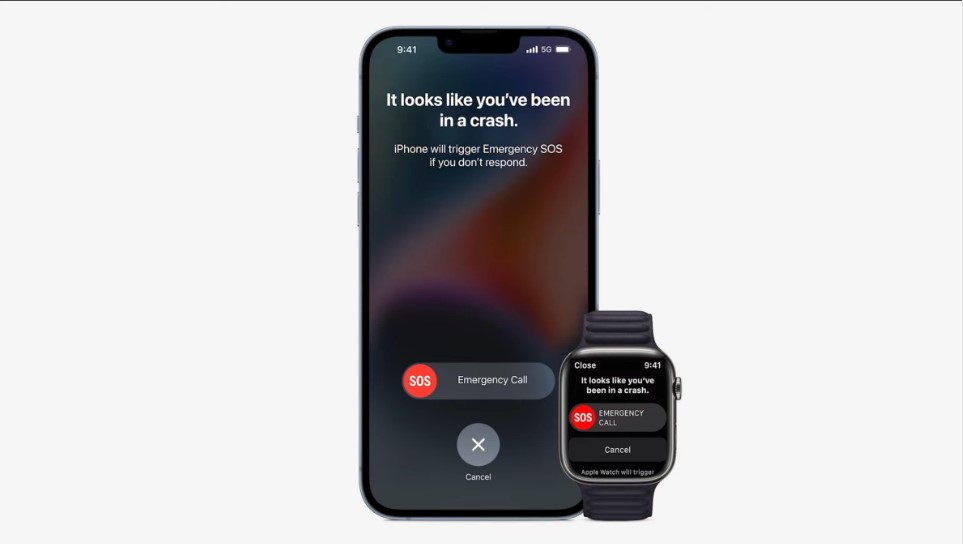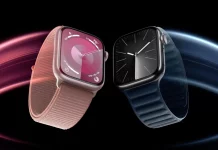At last night’s ‘Far Out’ event, Apple unveiled its much anticipated flagship iPhone 14 lineup. The Cupertino-based brand also launched the Watch Series 8. Additionally, the company also introduced a new feature called Crash Detection for the newly announced devices. Apple says that it hopes that users will not need the feature but it should make them feel a little safer when they are travelling by car. Notably, Google has been offering car crash detection for some time on its Pixel smartphones.

The Crash Detection feature is a new Emergency function that can save the users lives in case of a car crash. Driving on the road is unpredictable and dangerous at times. Apple’s latest Watch Series 8 and the iPhone 14 lineup are capable of detecting the impact of a car crash and after 10 seconds, the feature will automatically notify the user’s emergency contact and provide them with the current location. It’s worth noting that the function only works when the user is driving.
For those wondering how the Crash Detection feature works, both the Watch Series 8 and the iPhone 14 lineup come equipped with two new motion sensors – an improved 3-axis gyroscope and a high-G-force accelerometer. The latter can measure up to 256 G’s and it has four times faster sampling rate of over 3,000 times a second. Apple has also built an advanced sensor algorithm to accurately enable the feature. In addition to the motion sensor, the Crash Detection also barometer, GPS, and microphone on a paired iPhone to detect whether a severe crash has taken place. All this enables to detect the precise moment of impact.
When a severe crash has taken place, the emergency services interface will appear on the Apple Watch Series 8 as well as the iPhone 14 series. Apple says that the emergency function can detect crashes in cars, SUVs, and pickup trucks. It also focuses on four types of crashes including front impact, side impact, rear-ends collision, and rollovers. The feature runs and processes data only while driving and around the time of a possible accident. Additionally, Apple does not collect the data and it stays on the device.
In the announcement, Apple said that it has studied vehicle impacts at state-of-the-art crash test labs for years and that its algorithm has been trained on over 1 million hours of real-world driving and crash data.
Related:







